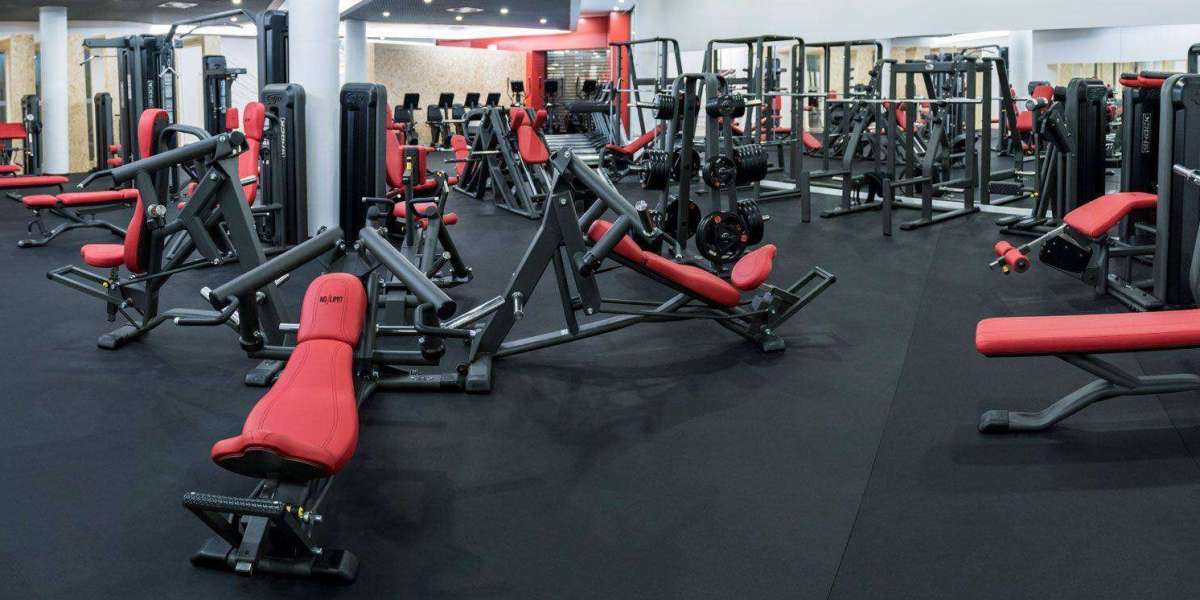High-density networking environments are no longer rare — they’re the norm in data centers, enterprise offices, hospitals, universities, and any space where hundreds (or thousands) of connected devices are competing for bandwidth. The challenge? Handling massive data flow without speed drops, signal interference, or overheating cables in tightly packed racks.
This is exactly where Cat6A UTP (Unshielded Twisted Pair) shines. While it doesn’t have the extra metallic shielding of STP cables, Cat6A UTP is engineered to deliver 10-gigabit speeds over 100 meters, maintain signal integrity, and keep costs and installation complexity in check.
Let’s break down why Cat6A UTP is a go-to choice for high-density environments — and how it holds up under the pressure of constant, heavy traffic.
1. The Basics: What Cat6A UTP Brings to the Table
Before we get into the "high-density" part, let’s define the cable itself.
Category: Cat6A = Augmented Category 6
Speed Rating: Up to 10 Gbps
Bandwidth: 500 MHz
Maximum Length: 100 meters for 10GBASE-T
Structure: Unshielded Twisted Pair (no metallic foil or braid around the pairs)
While "unshielded" might sound like a drawback, the truth is that Cat6A UTP is designed with tighter twists and thicker insulation than older categories, which drastically reduces alien crosstalk (AXT) even in cable bundles.
2. High-Density Networking: The Core Challenges
When we talk about high-density networking, we’re talking about scenarios where racks, patch panels, and pathways are packed with cables. That’s where a cable’s weaknesses show fast.
Key problems in such setups:
Crosstalk – Signals leaking from one cable pair to another, degrading performance.
Signal Attenuation – Loss of signal strength over distance.
Heat Build-Up – High PoE (Power over Ethernet) applications can cause temperature rise, impacting performance.
Space Constraints – Thick cables make it harder to manage bundles, which can also block airflow.
Scalability Pressure – Adding more connections later without replacing the backbone.
Cat6A UTP is designed to directly address these issues without overcomplicating installation.
3. Crosstalk Control Without Shielding
In dense environments, alien crosstalk is the silent killer of network performance. It’s worse when cables are tightly packed.
Cat6A UTP combats this using:
Tighter pair twists – Shorter twist lengths keep signal paths distinct.
Advanced separator designs – A central spline or cross-divider maintains pair spacing.
Improved insulation – Thick, high-quality jacketing keeps interference in check.
In lab and real-world tests, Cat6A UTP consistently meets and exceeds TIA-568.2-D standards for AXT, even in bundles of 100 cables.
4. 10-Gigabit Performance Over the Full 100 Meters
A lot of cables can claim 10 Gbps speeds — but many only hit that over short runs. Cat6A UTP holds it for the full 100 meters (permanent link plus patch cords).
Why that matters in high-density setups:
Data centers need long runs from core switches to edge devices without speed throttling.
Campus networks often span floors and large open spaces.
Offices rely on consistent speeds for hundreds of simultaneous users.
With Cat6A UTP, you can build a full 10-gig backbone today and not worry about bottlenecks.
5. Heat Management in PoE Applications
High-density setups often run PoE+ (802.3at) or even PoE++ (802.3bt) for devices like Wi-Fi 6 access points, IP cameras, and VoIP phones. The higher the wattage, the more heat builds up — especially in cable bundles.
Cat6A UTP is built with larger 23 AWG copper conductors, which:
Reduce resistance (less heat generation).
Handle higher currents safely.
Maintain performance in bundles up to 100 cables without overheating beyond safe thresholds.
If you’re running 90W PoE in a packed cable tray, Cat6A UTP stays within the TIA’s thermal limits.
6. Installation Flexibility in Tight Spaces
High-density racks leave little room for stiff, hard-to-bend cables. While shielded cables can be bulkier and harder to terminate, Cat6A UTP is:
Easier to pull – No foil shield means less stiffness.
Quicker to terminate – No need for grounding or drain wires.
Compatible with standard RJ45 connectors – No special plugs required.
This means faster deployment, lower labor costs, and easier moves/adds/changes in the future.
7. Cost-Effectiveness Over Shielded Alternatives
In high-density environments, shielded Cat6A (F/UTP, S/FTP) does offer extra protection — but it comes with trade-offs:
Higher material cost.
More complex installation (requires grounding).
Larger cable diameter (reduces tray capacity).
Cat6A UTP delivers excellent performance for the majority of environments without those extra costs, making it ideal for:
Enterprise office floors
Campus buildings
Healthcare networks
Education facilities
Shielded cable still has its place — especially in high-EMI zones — but for most high-density spaces, UTP is the smarter investment.
8. Real-World Applications
Data Centers
Cat6A UTP supports 10GBASE-T switches and servers, handles high PoE loads for rack equipment, and minimizes downtime risks from interference.
Open-Plan Offices
With dozens of workstations per floor, Cat6A UTP handles simultaneous high-bandwidth apps like video conferencing without signal drop.
Hospitals
Supports medical imaging systems, nurse call stations, and real-time monitoring — all in high-density cabling pathways.
Universities
Perfect for campus labs, lecture halls, and dorm buildings — high device density with consistent speed.
9. Standards Compliance
Any cable used in a high-density environment must comply with industry standards for performance and safety. Cat6A UTP meets:
TIA-568.2-D (performance standards)
ISO/IEC 11801 Class EA (international compliance)
UL CMP/CMR ratings for plenum and riser safety
This ensures long-term compatibility with both current and future networking equipment.
10. Future-Proofing the Network
The push toward higher speeds won’t stop at 10 Gbps, but here’s the thing — Cat6A UTP is expected to remain relevant for years because:
10GBASE-T is more than enough for most enterprise workloads.
Wi-Fi 6/6E backhaul runs perfectly on Cat6A.
The 500 MHz bandwidth supports potential new applications without cable replacement.
In short: install once, and you’re set for a decade.
11. Best Practices for High-Density Cat6A UTP Deployment
If you want to get the most out of Cat6A UTP in a dense environment:
Follow bend radius guidelines – Avoid kinking during pulls.
Use high-quality connectors – Poor termination kills performance.
Avoid over-tight cable ties – Can damage the jacket and pairs.
Manage pathways for airflow – Reduces heat build-up.
Test after install – Certify every link to 10GBASE-T.
12. The Bottom Line
High-density networking environments demand cables that can handle heat, interference, and heavy traffic without failing. Cat6A UTP meets that challenge head-on — delivering full 10-gigabit performance, minimal crosstalk, PoE readiness, and easier installation compared to shielded options.
If you’re upgrading your backbone or designing a new build, Cat6A UTP gives you the sweet spot between performance, cost, and long-term viability.



